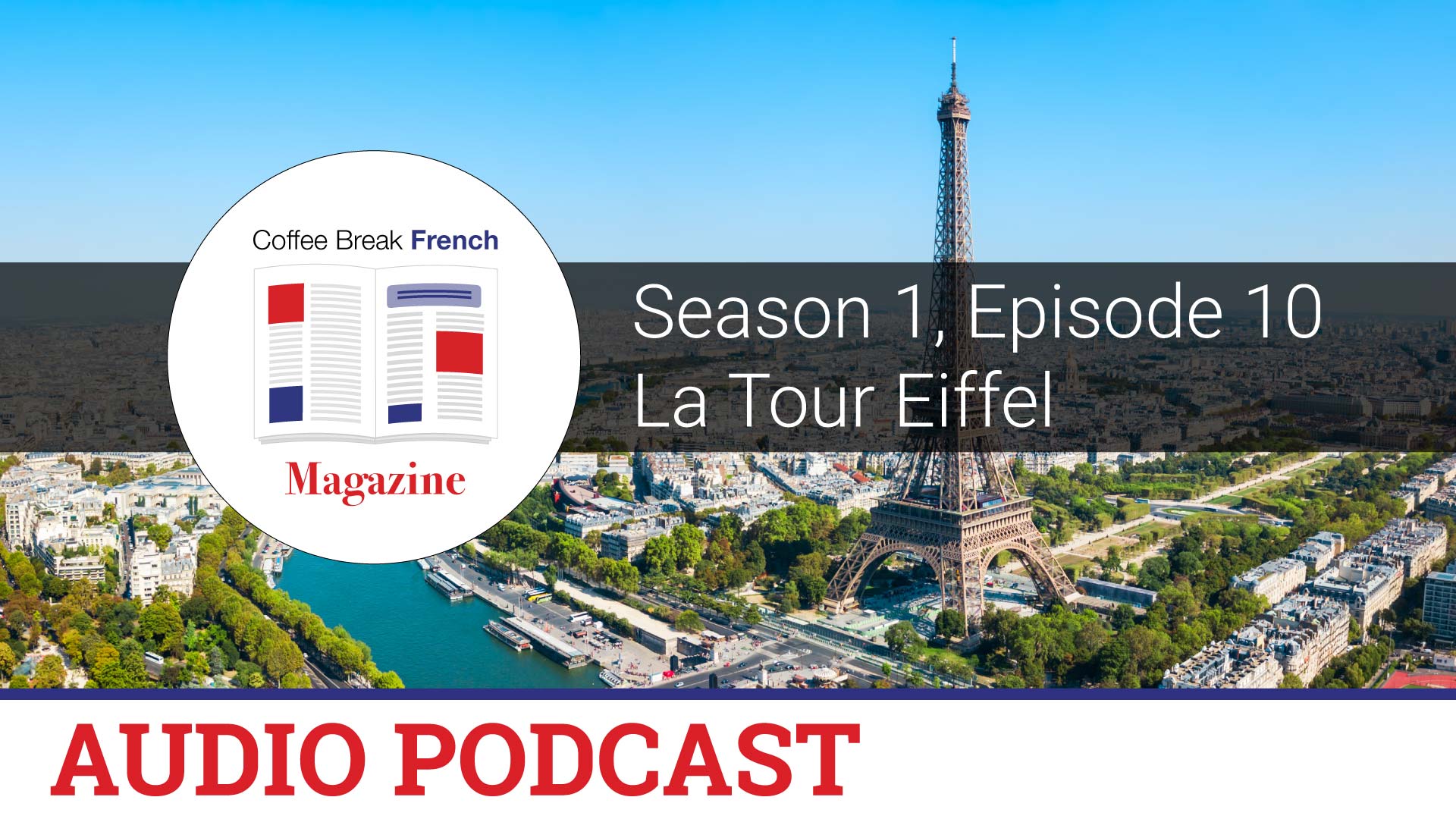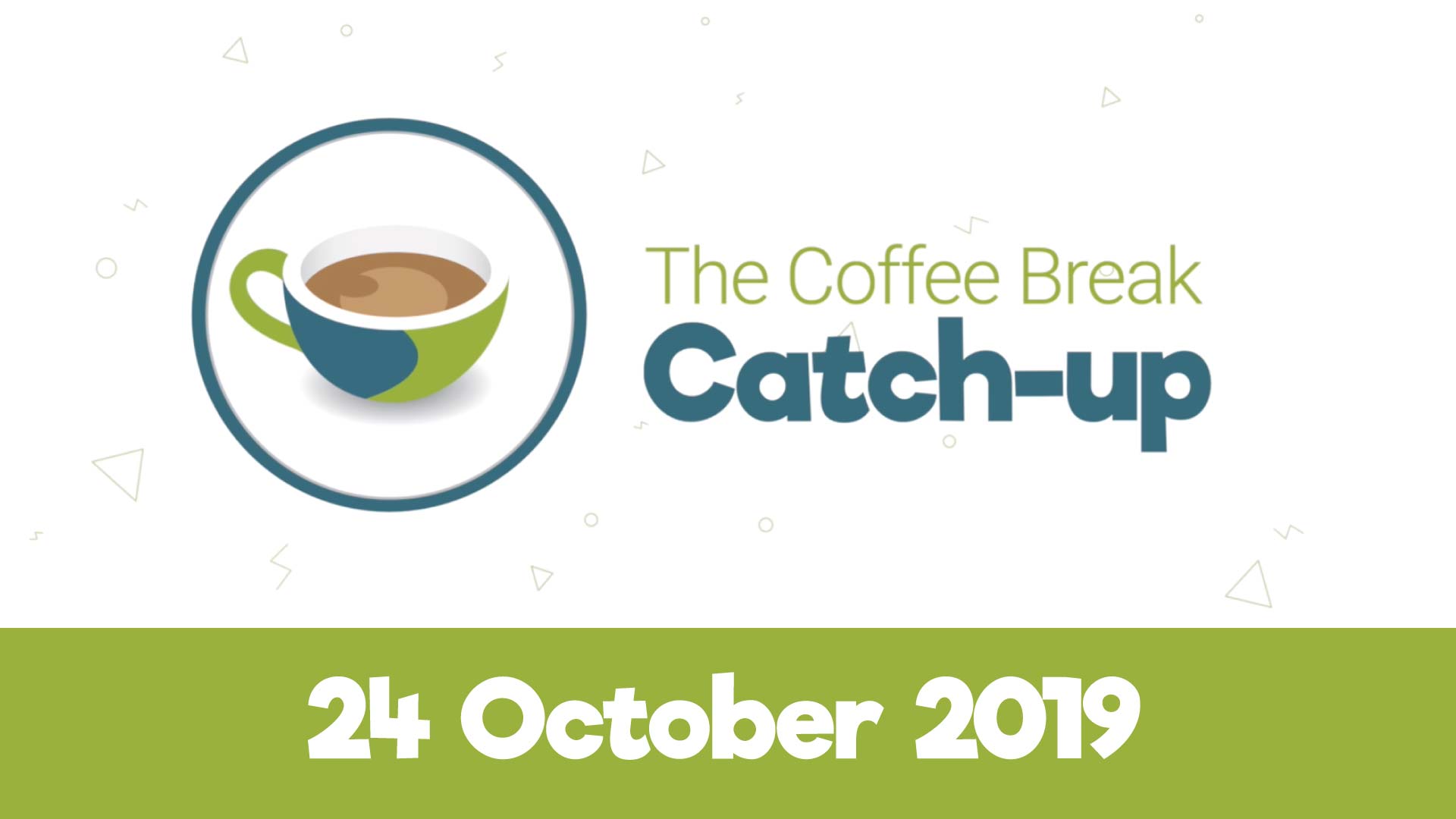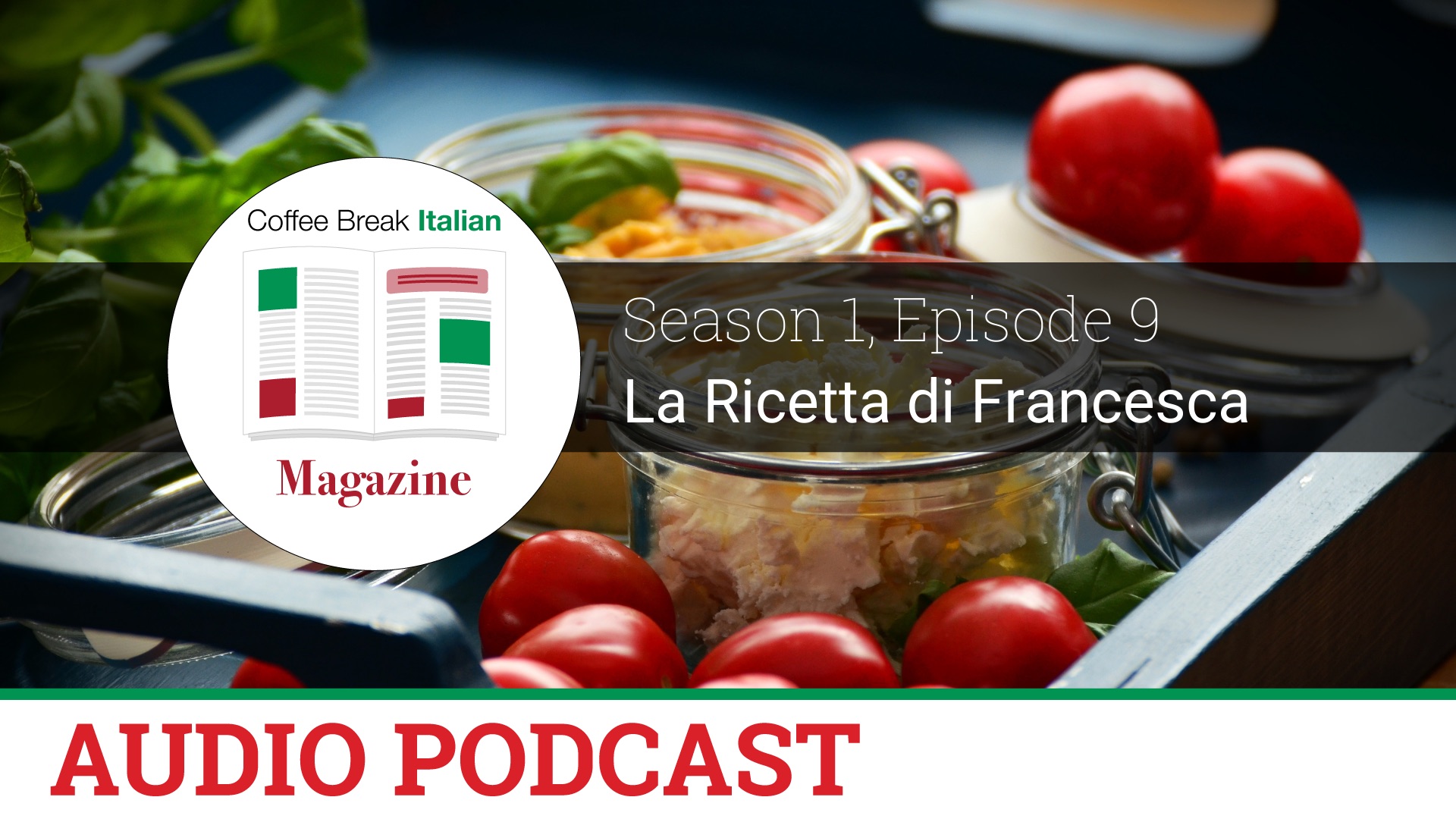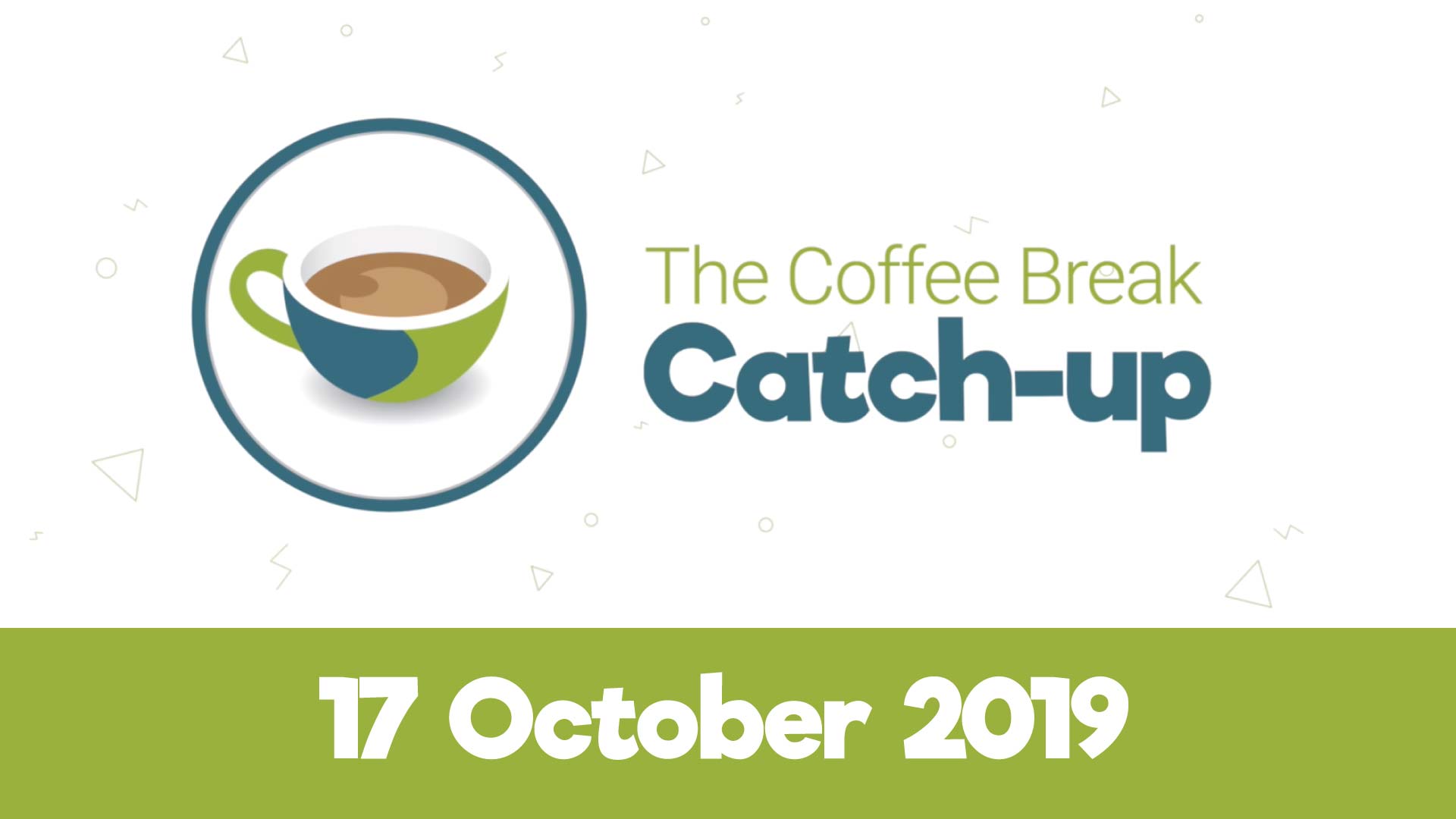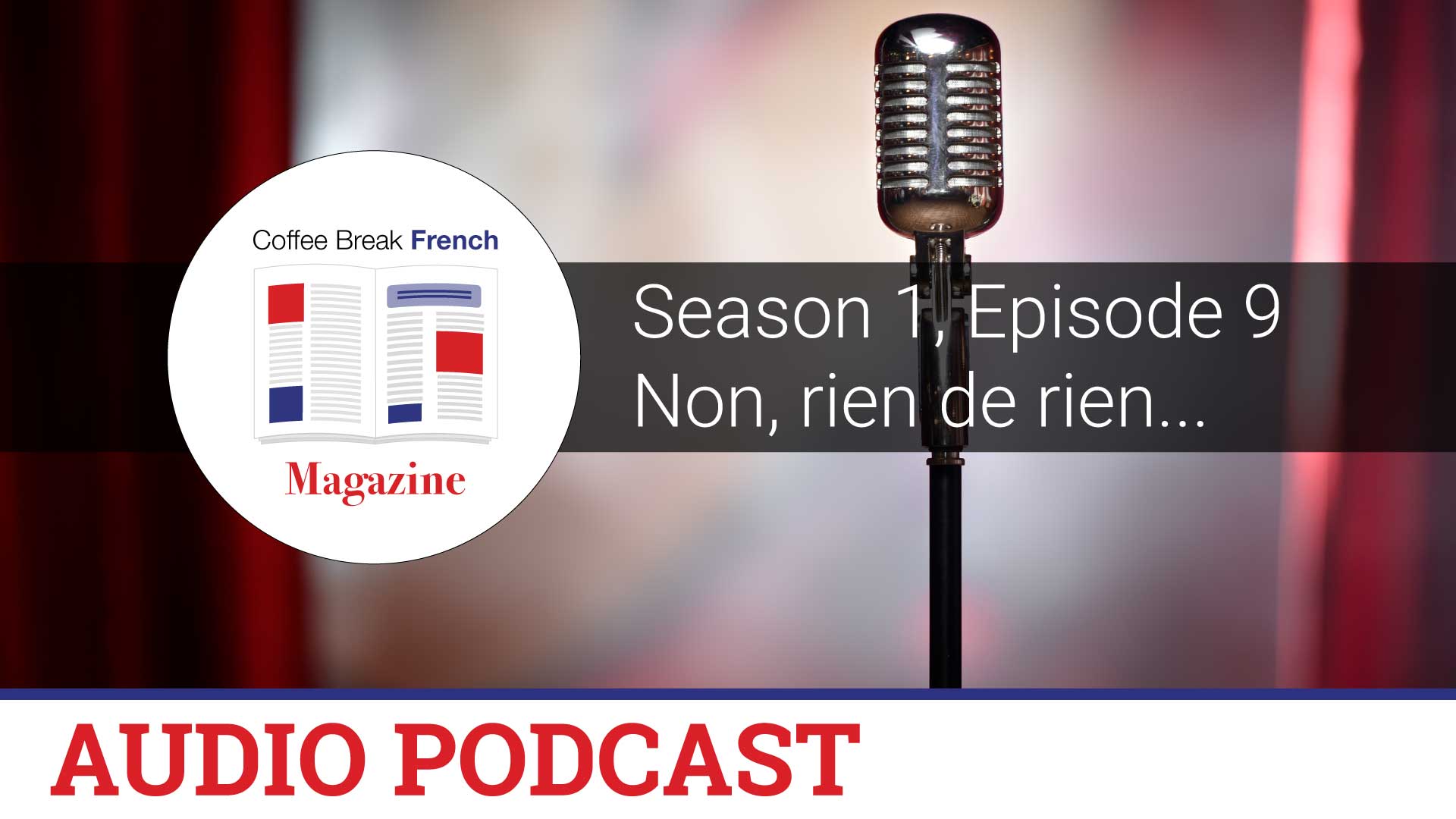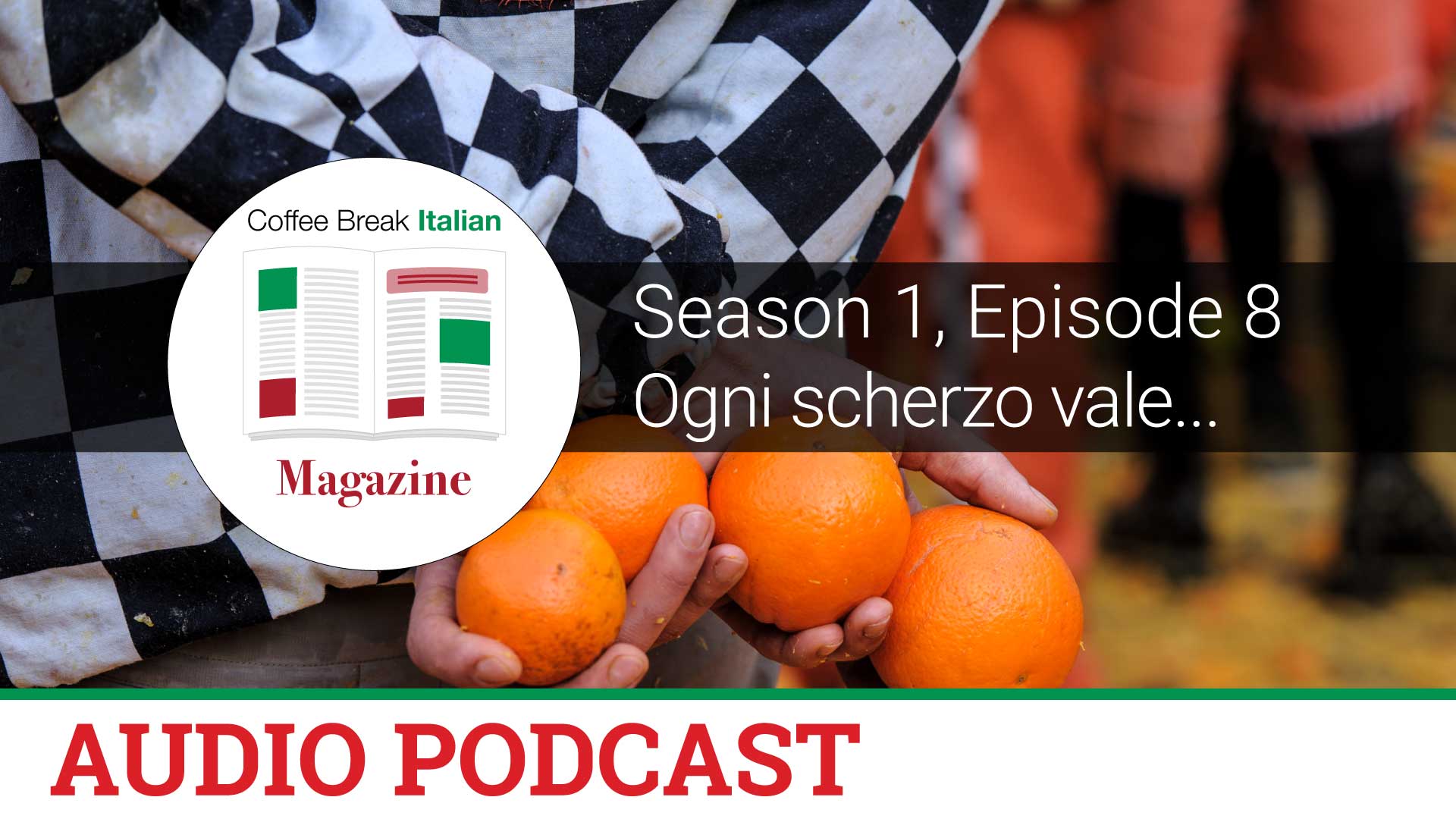Over the past few weeks we’ve been building our new video studio, the Coffee Break “Kitchen”, where we’re going to be filming lots of new Coffee Break videos for language-learners. These mini language lessons will help you build your knowledge, develop your vocabulary, and increase your understanding of grammar.
We wanted to design a place where our learners can join us for a “coffee break”, so we’ve built the studio set in the style of a kitchen or a coffee shop. There are coffee-themed accessories, and if we open the jars of coffee beans, the studio even smells of coffee when we’re filming!
For anyone interested in the technical side of our setup, we’re using PTZ Optics cameras which allow us to set particular angles, depending on who’s presenting or how many presenters we have, and we can change these angles with a simple press of a button on the remote control. We’re using a BlackMagic Design ATEM Video Studio HD switcher which allows us to bring in the SDI input from our cameras, plus additional HDMI inputs from a MacBook and an iPad for demonstrating what’s on screen in a presentation or demo of the site. We’re also using BlackMagic Design HyperDeck Studio Minis to allow us to record the output of each camera individually, or the composite output from our switcher.
For the image switching and camera positioning, we’re using the Elgato Streamdeck with Companion software which allows us to switch between different combinations of camera angles and switch between the cameras on the ATEM switcher. For live video, we use an additional MacBook Pro with Ecamm Live software, and this is controlled by a second Streamdeck using the standard Streamdeck software to control Ecamm Live.
Sound wise we’re not quite there yet! Since the HyperDeck Studio Minis and the ATEM switcher have quite loud fans, we’re trying to minimise the noise in the room by using lav mics rather than the Rode NTG2 mic which is currently installed in the boom stand above our breakfast bar. We’ve plugged everything into a Rodecaster Pro which is connected directly to the ATEM switcher and we’re using the additional headphone outputs to send audio to the individual cameras so that we can record each camera individually and have a sound feed for syncing in post production.
Of course the main aim with our new studio is to use it both for live production and for recorded videos. We’re really looking forward to bringing you new Coffee Break content across all our languages, and we hope that you enjoy this and find it useful in your language learning!


